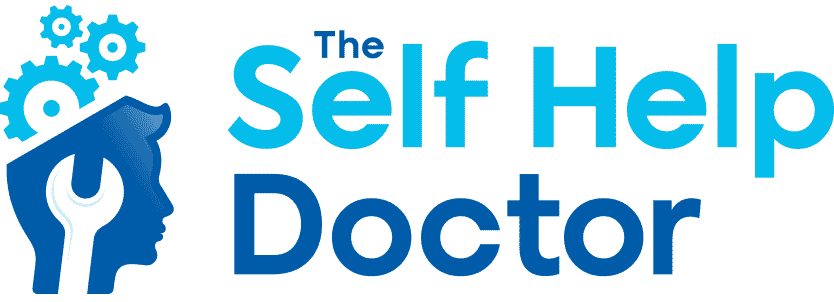Understanding Your Emotional Eating Triggers: A Path to Freedom

Understanding Your Emotional Eating Triggers: A Path to Freedom
Emotional eating often feels like a hidden trap you can’t escape. You reach for food not out of hunger but to soothe stress, boredom, or sadness—and then the cycle repeats. Understanding your eating triggers is the first step to breaking free and taking back control of your food habits. Let’s explore how CBT tools can help you spot these patterns and choose a healthier path. If you’re looking for more information, you can also check out resources like this one.
Identifying Emotional Eating Triggers

Breaking the cycle of emotional eating starts with pinpointing your triggers. Once you identify why you reach for food in times of stress, you can begin to change these habits and find healthier solutions.
Recognizing Stress-Induced Eating
Stress can push you toward food as a form of relief. In moments of tension, grabbing a snack might feel comforting, but this habit can become a crutch. Imagine sitting at your desk after a tough meeting, feeling overwhelmed and reaching for a donut. It’s not about the donut; it’s about seeking comfort.
Understanding this pattern is vital. Instead of turning to food, try a quick walk or some deep breathing. Such simple shifts can break the habit loop. Remember, it’s not about denying yourself—it’s about finding new ways to handle stress.
Spotting Boredom and Food Cravings
Boredom often masquerades as hunger. Think of a quiet evening at home, when the refrigerator suddenly seems appealing. This isn’t true hunger; it’s a desire to fill the void of inactivity.
Next time boredom strikes, engage in a non-food activity. Read a book, call a friend, or pick up a hobby. Activities like these can redirect your focus and reduce unnecessary eating. By recognizing these boredom patterns, you take a big step toward healthier habits.
Using CBT Tools for Change

Once you’ve identified your triggers, it’s time to use CBT tools to alter your response. These tools guide you in changing thoughts and behaviors tied to emotional eating.
Practical CBT Techniques
CBT techniques offer practical solutions for tackling emotional eating. One method involves challenging negative thoughts. When you think, “I need chocolate to feel better,” ask yourself if that’s truly the case. You might realize that a short walk or a chat with a friend provides the same emotional boost.
Another tool is the thought record—a journal to track eating patterns and emotions. Writing down what you eat and how you feel can unveil patterns and help you make conscious choices. These techniques empower you to take charge of your eating habits.
Building Healthier Food Habits
Adopting healthier eating habits is crucial. Start by planning meals and snacks, ensuring they’re balanced and satisfying. When you know what you’ll eat, impulsive decisions are less tempting.
Additionally, practice mindful eating. Focus on each bite, savoring the flavors and textures. This awareness helps you recognize true hunger and satisfaction cues, reducing overeating. These small shifts can transform your relationship with food. For more insights, check out this guide on fighting emotional eating.
Empowering Your Path to Freedom

With awareness and CBT tools, you can take control of emotional eating. Let’s explore how a structured approach can support this journey.
Self-Help Course Benefits
A self-help course offers structured guidance in overcoming emotional eating. It breaks down CBT strategies into manageable steps, making them easy to apply. You’ll learn how to identify triggers, practice new habits, and track progress effectively.
Such courses can provide the support and knowledge to make lasting changes. They offer a roadmap to follow, ensuring you stay on track and motivated. By investing in yourself, you’re committing to a healthier future.
Taking Control of Your Mental Health 🌟
Taking control of emotional eating is about more than just food—it’s about mental health. When you address these underlying issues, you open the door to overall well-being. Imagine feeling confident and in control, not just with food but in all aspects of life.
The journey involves commitment and patience, but the rewards are immense. By tackling emotional eating, you’re paving the way for a healthier, happier you. Start today with our free mini-course, and embrace the freedom that comes with understanding and changing your habits.




